Blocking screws are widely used in clinical practice, especially in the fixation of long intramedullary nails.
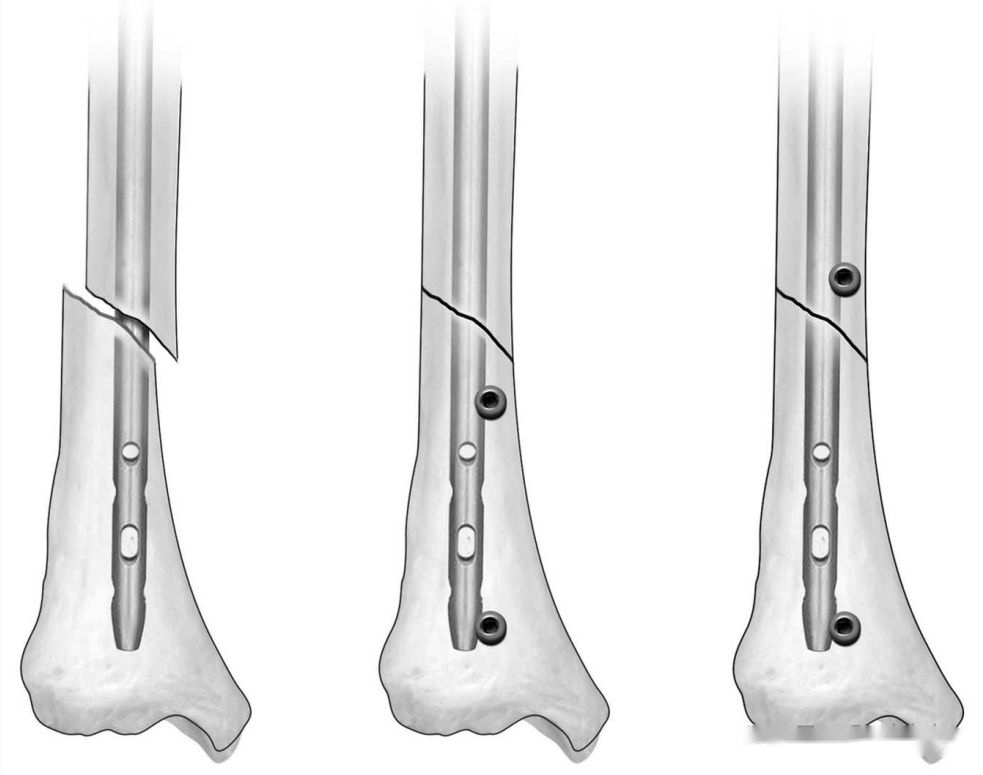
In essence, the functions of blocking screws can be summarized as two-fold: first, for reduction, and second, to increase internal fixation stability.
In terms of reduction, the 'blocking' action of the blocking screw is employed to alter the original direction of internal fixation, achieving the desired reduction and correcting alignment. In this context, the blocking screw needs to be positioned at the 'not to go' location, meaning the place where internal fixation is not desired. Taking the tibia and femur as examples:
For the tibia: After inserting the guide wire, it is positioned against the posterior cortex of the tibial shaft, deviating from the midline of the medullary canal. In the 'undesired' direction, specifically the posterior aspect of the metaphysis, a blocking screw is inserted to guide the wire forward along the medullary canal."
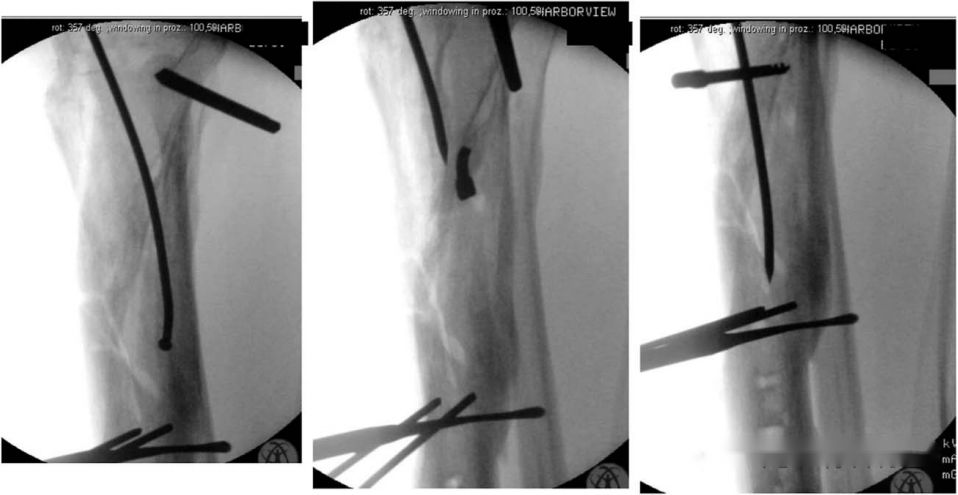
Femur: In the illustration below, a retrograde femoral nail is shown, with the fracture ends displaying an outward angulation. The intramedullary nail is positioned towards the inner aspect of the medullary canal. Therefore, a blocking screw is inserted on the inner side to achieve a change in the position of the intramedullary nail.
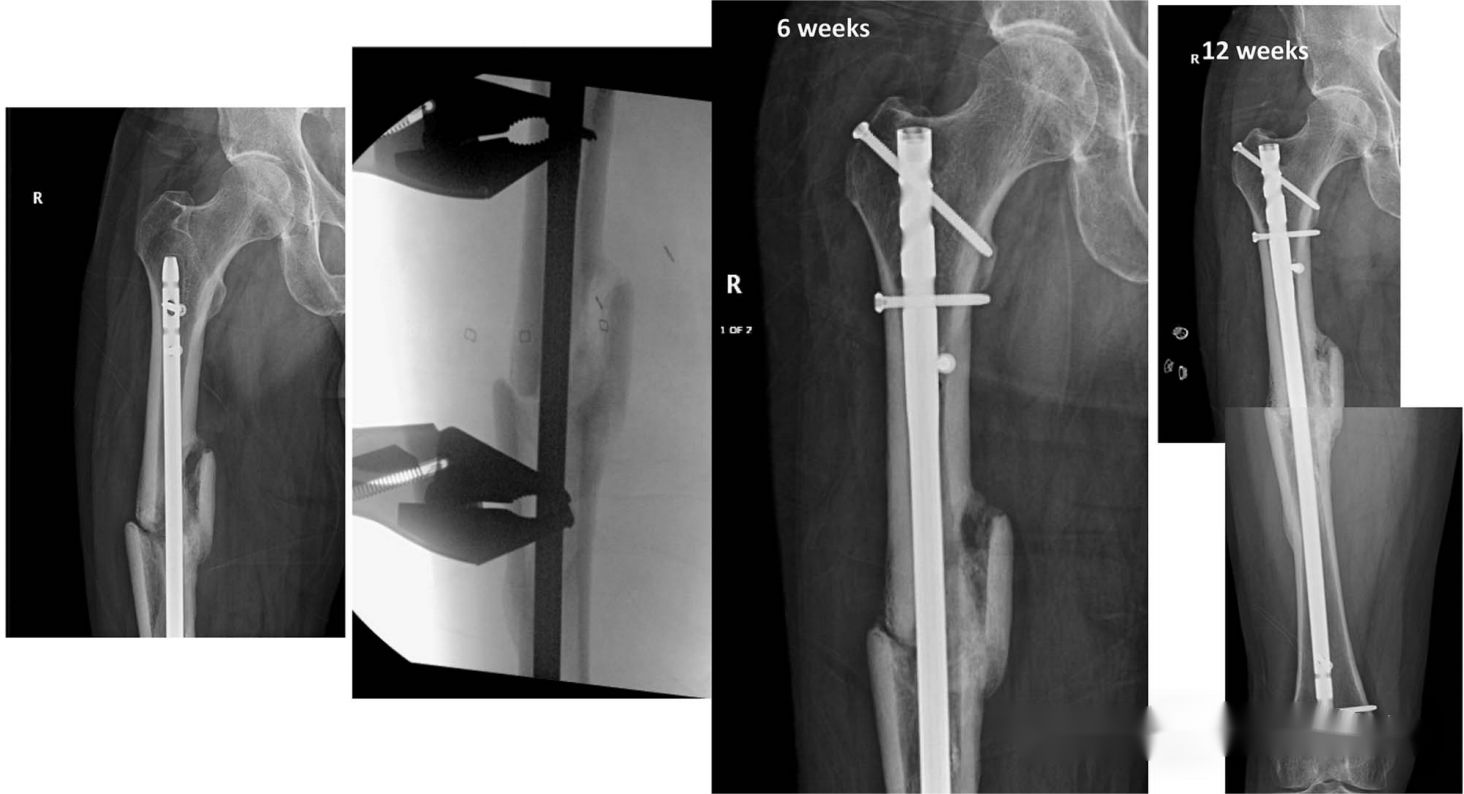
In terms of enhancing stability, blocking screws were initially used to reinforce the stability of short fractures at the ends of tibial shaft fractures. By obstructing the movement of intramedullary nails through the blocking action of screws on the inner and outer sides, as illustrated in the example of a femoral intercondylar and supracondylar fracture below, the stability of the fracture ends can be strengthened. This helps prevent the swinging motion of the intramedullary nail and distant bone fragments.
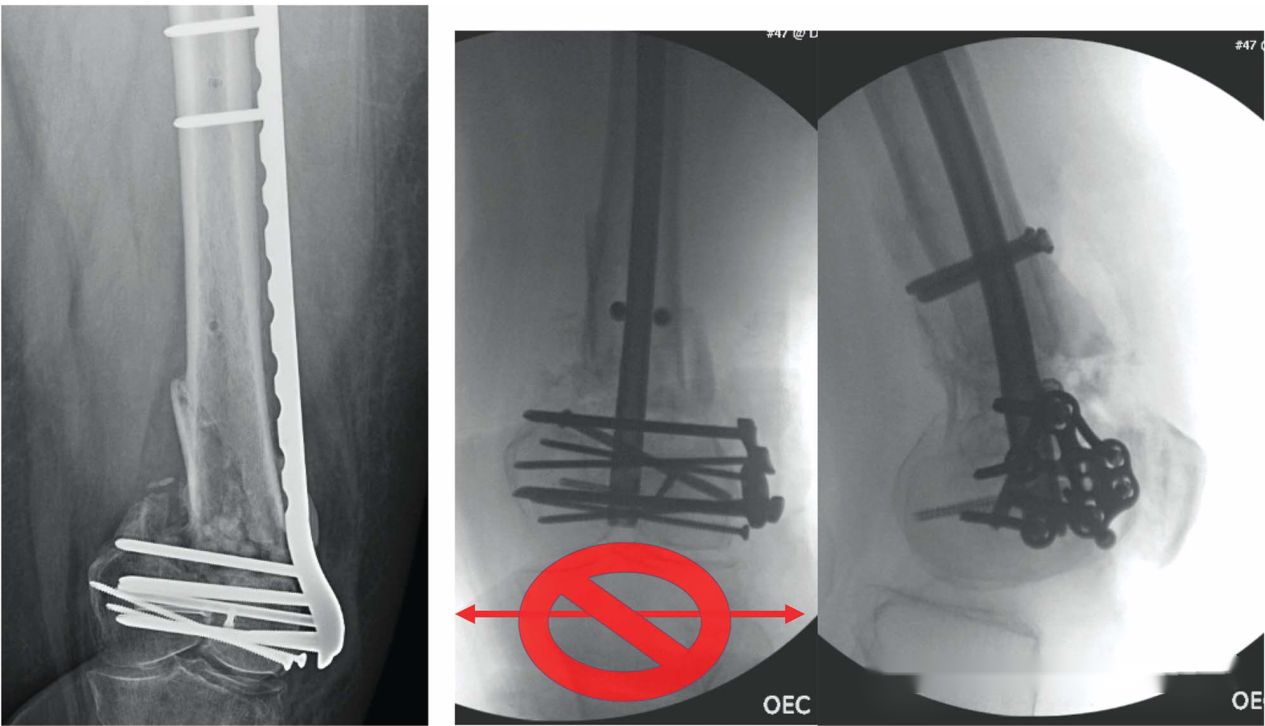
Similarly, in the fixation of tibial fractures with intramedullary nails, the use of blocking screws can also be employed to enhance the stability of the fracture ends.
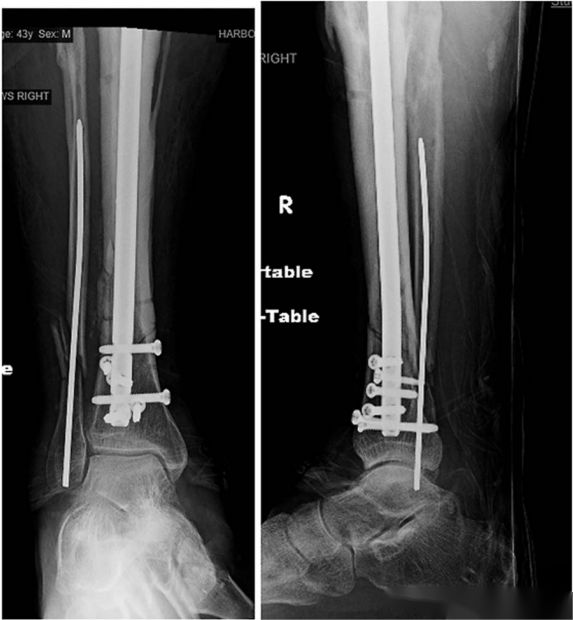
Post time: Feb-02-2024










